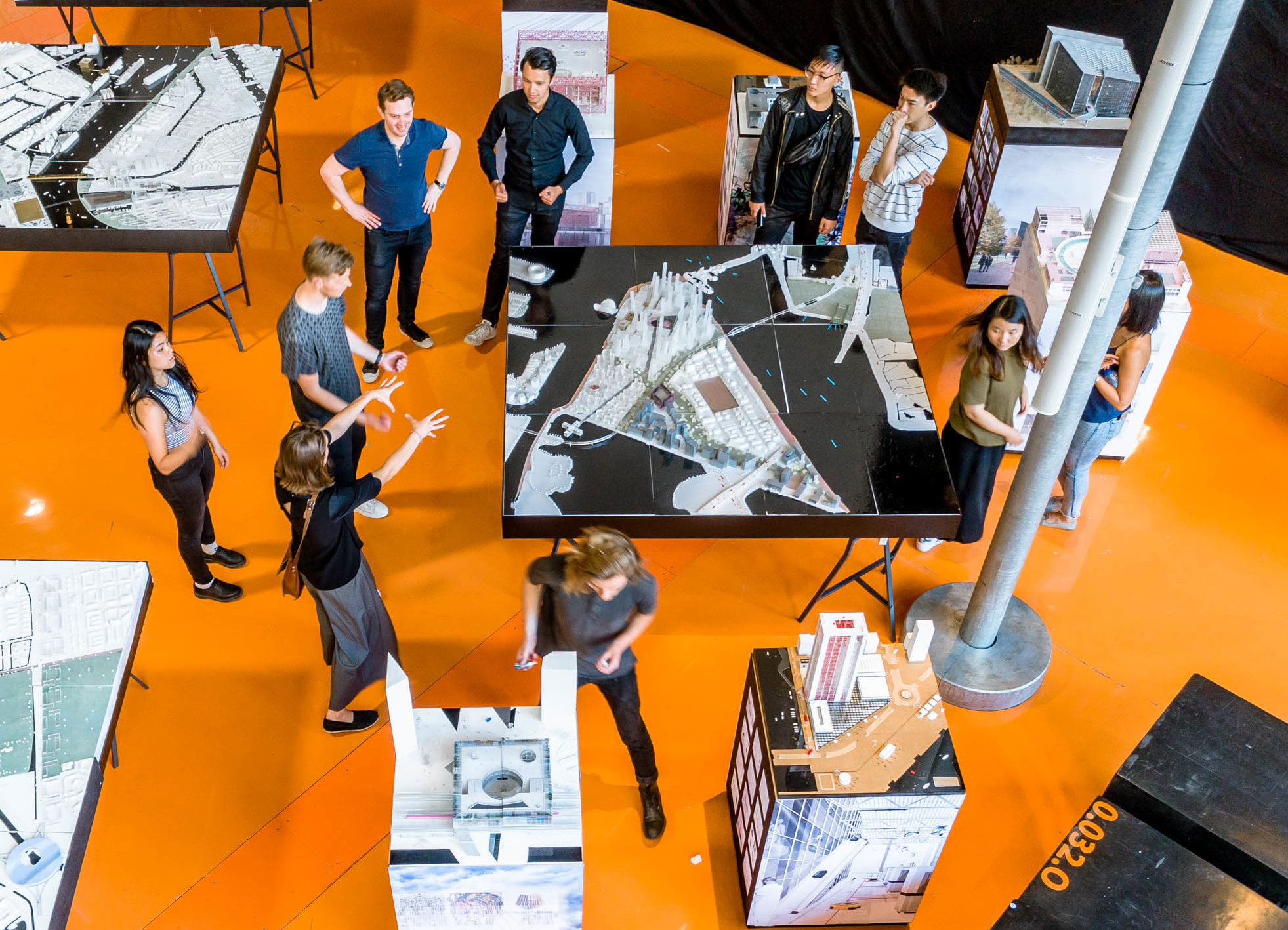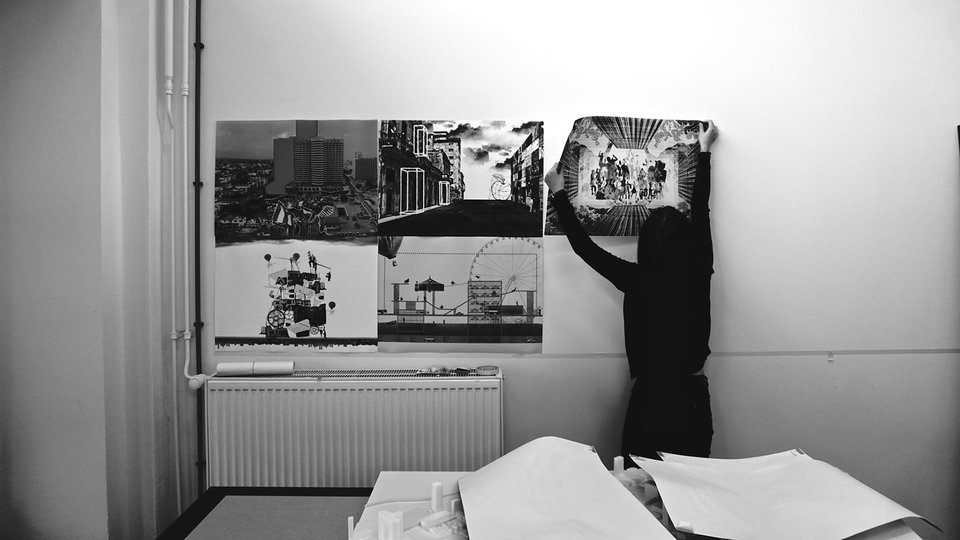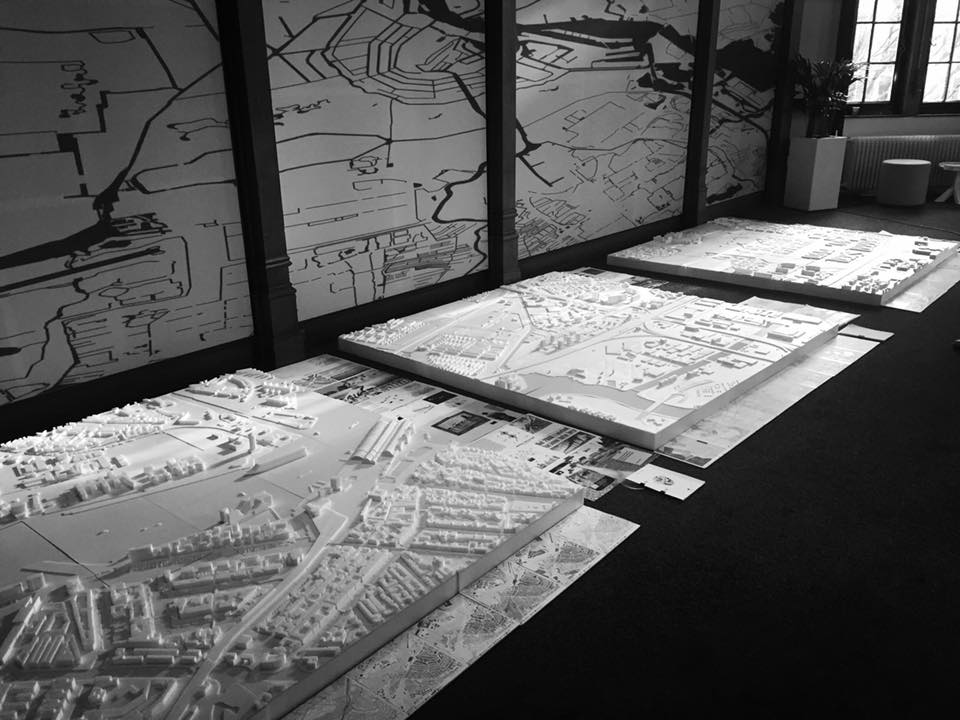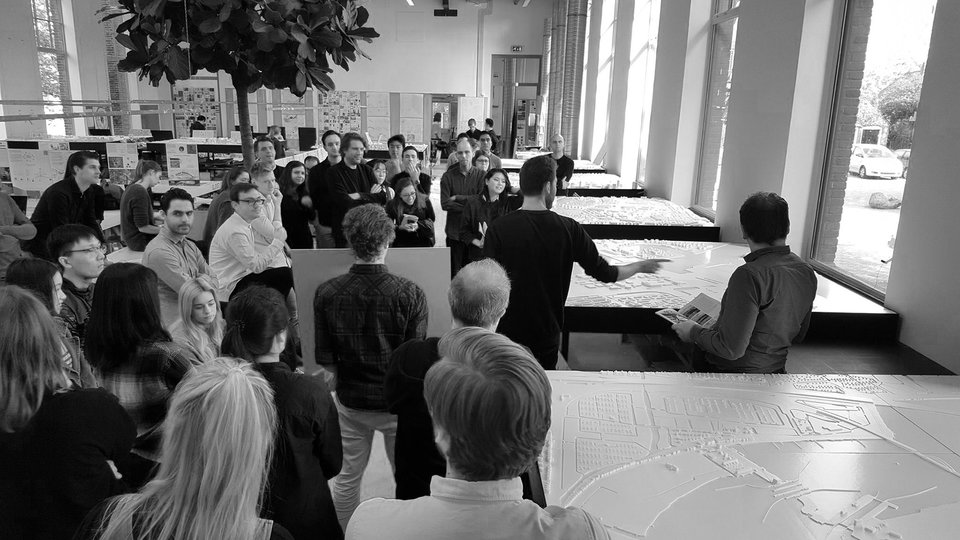Complex projects

Complex Projects encourages students to explore an “architecture of dialogue”, one that is dialectic, inclusive and relational. It does not content itself with the notion of architecture for architects, addressing purely an elite selection of connoisseurs and making sense only within the bounds of its own field. It engages with reality to transform it from within. Architects develop designs of buildings and spaces which are only constructed if they are regarded as useful and embraced by stakeholders. Complex Projects explore how the normal can become both exceptional and useful, refrains from formal prejudice, and is implicitly sustainable.
Architectural projects are fully integrated designed buildings. Integrated design requires a process that is highly complex and has a strong architectural guidance. Besides, the number of participants and stakeholders in any architectural project has increased exponentially. Not only when designing large projects, but at any scale the requirements (functional, spatial, and technical) are ambitious, often contradictory, and the expectations on meeting them are high. Design proposals must be verified and validated against these demands. In Complex Projects the objective is to engage this complexity with professional knowledge, a set of skills and critical thinking. We ask our students to be inquisitive and open minded.
The role of the architect shifts from master builder to master explainer. This role needs to be articulated along aspects such as what, how, and to whom do we explain? What are the methods and how do we organize the immense flow of information? In practice the responsibility of the architect is to keep participants in the process aligned to the main idea of the project. Drawings, renders, models, and infographics do not only serve as design tools to present models of a possible future, but they are also the tools for this communication itself. The design is a vehicle and a destination, a goal and a means. Simple narratives supported by clear design are becoming the language to be used in this process. Simple as opposed to complex is used here to emphasize the importance of clarity in the narrative, allowing minds to join and contribute in an effective way and manage the complexity of the integrated design.
Recent developments in data science enable architects to use data and organise information more effectively. Advancements in building information modelling now also enable building design to become fully integrated, dense and layered. However new technology is not only present in the design process but affects also the building itself. The building gradually gains the ability to collect data which can be used for performance optimization and future design benchmarking. Spaces acquire interactive properties and design becomes spatial engineering.
To this end, CP works in close collaboration with the group of AT&DC (Theory of Architecture and Digital Culture) on acquiring an understanding of the impact of working with big data and Ai.
Complex Projects targets all scales of the architectural thinking: detail, building, city, and region. It aims to expand the knowledge on design of the built environment, nourish critical thinking and broaden the minds of future architects.



